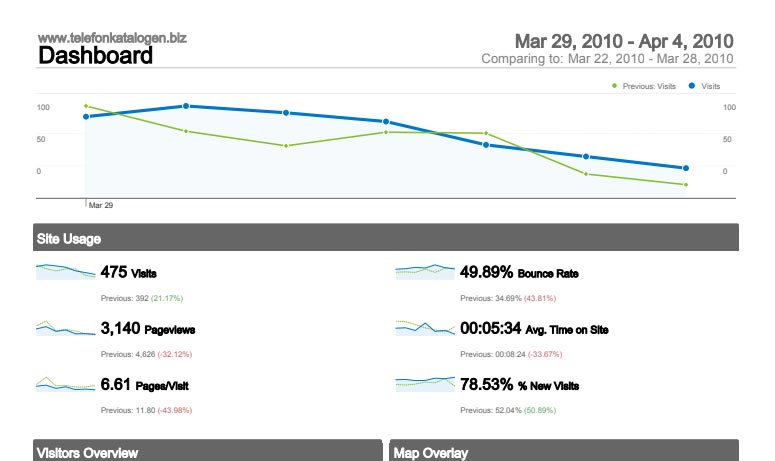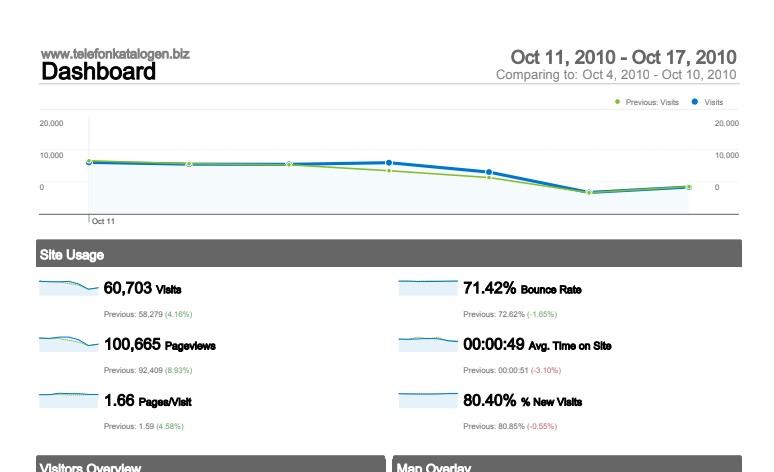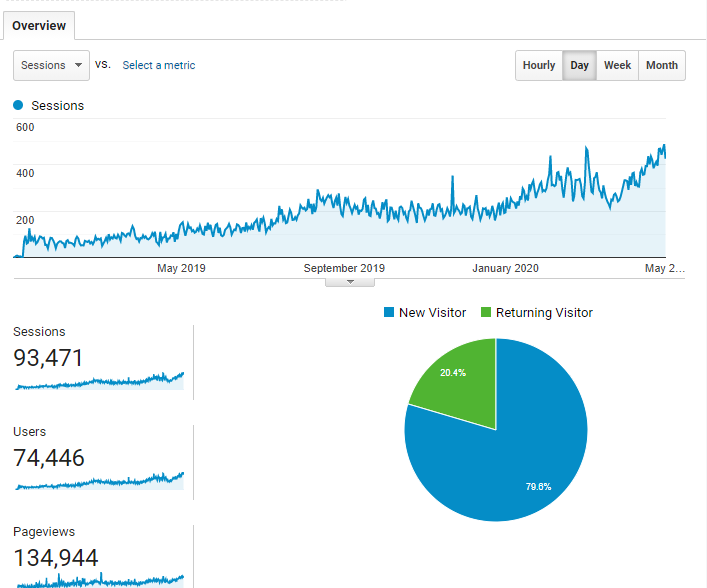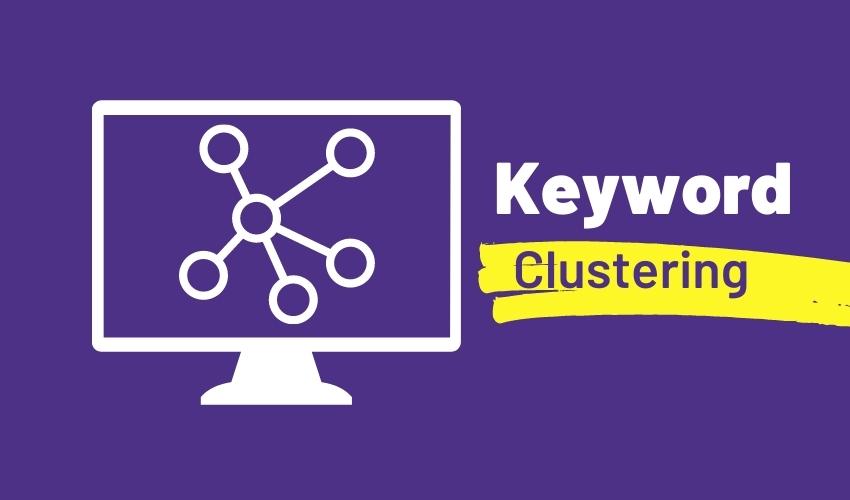Keyword clustering is a great concept for SEO.
Suppose your website fails to gain traction in the search engines or generate the number of visitors you want to get.
You can use keyword clustering to improve your site rankings.
This article will define what Keyword clusters are and how this strategy can benefit your site.
After that, we’ll show you how to use the technique to get these benefits.
Let’s get started.
Table of Contents
What is Keyword Clustering?
As an initial step, let’s define what we are discussing.
Keyword clustering = Grouping keywords allows one to target more than one keyword per page.
When doing keyword research, your goal is to end up with one main keyword for each page. Yoast SEO helps you set up focus keywords for your content.
Yet, for most websites, the reality is that search engine optimization guides often have only one keyword. Google Search Console helps one to see the words your website ranks for.
Instead of targeting a single key phrase, keyword clustering focuses on targeting many keywords to improve relevancy and expanding the main topic.
Organizing keywords offers many benefits.
It sounds like a lot of work, so why would one go to the trouble?
Building a higher-quality site requires more than keyword variation. But, many people believed that targeting one keyword variation per page was an effective SEO strategy.
Thus, it was used for building sites in the early days of Google.
Yet, search engines have become better at understanding context, synonyms, and related topics. As a consequence of this development, pages will rank for whole hosts of keywords, not single phrases.
After all, if you are generating this content anyway, why not create content to increase visibility for many search queries? Of course, this means more clicks on your articles and more visits to your site. Who can say no to that?
Why should you use Keyword Clustering for your website?
Voice recognition is the future of business.
It will be a part of everything we do, from improving customer service to boosting productivity in our office spaces.
Keyword clustering integrates voice as an input and outputs natural language text.
Thus, one can use it for your company’s website or blog posts!
Voice search engines are growing online. People use their voices instead of typing into Google Search Boxes. It saves time and makes searching more convenient.
With keyword cluster data gathered through hours-long interviews.
Unfortunately, this technology has been made possible so far only by linguists – until now.
This new software provides a faster way to look at what potential customers might want.
That is when they’re looking for products on social media sites like Facebook and Twitter without having them type. It can also be used as part of an email marketing campaign. It will help you find out more about your target audience than ever before!
This exciting new program is the perfect tool to wonder how best to promote your business online or through other channels.
Know how to best use keyword clustering.
If you’re curious by now, you want to know the best way to use this method on your WordPress site. There’s no need for alarm, young padawan– that’s what we’ll talk about through the rest of this article. (Is “padawan” still relevant in 2019? I’m getting old)
1. Collect Keywords
There are many different methods for keyword clustering. But they all start with the exact need for a set of keywords to examine. Yet, because keyword research is considered basic SEO these days, we recommend that you try other methods for boosting your rankings instead.
If you don’t want to read this post, here are some other articles that overview the topic.
- Brainstorm keywords based on your site, audience, and industry.
- Competitor research and market analysis
- SEO tools such as AnswerThePublic and Keywordtool.io
- Data from Google Search Console and Google Analytics
It must be both comprehensive and broad when compiling keywords. Make sure their relevancy can’t be eliminated as irrelevant.
First, of course, you’ll want to find as many as possible, but around 300-1000 is a good starting point. If that’s still not enough, don’t worry – your goal was to make sure you covered all the numbers available in the draw so that one number doesn’t come up.
Suppose you’re satisfied with the layout of your infographic. Then, it’s time to start clustering similar data points into groups.
Create Keyword Groupings
To break it down into topical clusters, one approach is by doing some old-school SEO work. But, unfortunately, that means using a spreadsheet to categorize your keywords. Moreover, that requires you to do some manual labor one keyword at a time.
- Tom Casano outlines a straightforward approach that involves the following steps:
- Consult a phrase frequency counter to find the most used search components in your keyword list.
- Figuring out appropriate terms and phrases to create topical groups
- Some SEO experts recommend keywords and phrases should be grouped to create keyword clusters.
Unfortunately, this article doesn’t provide the details of how these formulas work, so I recommend you read the original post.
Use a free keyword-clustering tool to find relevant blog posts about your topic.
Determining your keywords can be challenging, but for those inclined to try a more hands-off approach. Besides, many automatic grouping tools are available. All you need do is upload your list of keywords and let the tool take care of the rest.
The best free search engine I’ve found is WordStream Keyword Grouper. It gives you 30 free searches and one more with every day that goes by (provided your quota has been met). Copy then paste your list of keywords into the tool at the bottom right corner.
In my evaluation, the results were impressive. I got many clusters from my seed keyword group based on a vegan protein that would make good content or pages. One can also remove any group from the results that don’t make sense by clicking on the X. This way, you end up only with helpful ones. Plus, the tool will email you the complete list if you wish.
Consider using a paid service.
When looking for tools to increase your website’s ranking on search engine results. There are three options – free tools and free or paid-for versions. Paid versions often come with extras which make it easier for you to do SEO work.
Some popular SEO tools include:
| Tool | Description |
|---|---|
| Topvisor | This SEO suite offers several features, from keyword research to auditing and extra tools. A cluster search finds related keywords based on the URLs that they appear on. Pricing begins at $0.8 per 100 keywords after the trial offer expires. |
| WordStream | Under the services tab, WordStream has tools for running a PPC campaign and analyzing and optimizing it. If you are looking to execute a PPC campaign, the pricing begins at $20/month. |
| SpySerp | It is a keyword rank tracker that provides analytics for both Google and Bing. The free trial version enables you to check out their keyword grouping feature. After the free period, plans start at $19/month. |
| Serpstat | If you want a quality keyword tool to group keywords, KeyClustr is the way to go. Aside from that, it includes many other features like keyword research. Also, search analytics, rank tracking, site auditing. You can sign up for a month of Maven at the cost of $19 per person. There is also a free trial that includes all our features for those who are unsure about joining. |
| SE Ranking | Unlike the above, this program will let you search with your keyword collection before it starts. You can search in the desired country. You can also specify which of the major search engines to use and even what language. SE Ranking offers a free trial for new users. For $5/month, you get access to their expansive set of SEO tools (competitor research, rank tracking, and backlink monitoring). Package start at $5/month. |
| SpyFu | It is the final entry is a competitor research tool that also has SEO features. Among them is a keyword clustering tool with a 30-day free trial. Paid package start at $33/month. |
Many of these offer a chance to test them for free.
Thus, if you want to get serious about your keyword clustering, you can give them a thorough test run and see if they meet your needs before spending any money on software.
3. Make Good Use of Keyword Groups
Okay, so now that you’ve found a cluster of keywords, what do you do with them? Should you use all the exact words in your next blog post?
While it can make sense to some degree, the chances of managing a readable mess are more likely if you force yourself to use all words in one cluster.
User feedback groups will help you identify which kinds of content and changes to make on your website. Besides, users can point out topics that may be missing from your site. But are in demand or ideas for improvement.
- Create new content — This is the easiest way to use keyword clusters is by falling back on content pieces. By thinking a little outside the box, Pieces will hit upon dozens of keywords instead of one. Yet, you’ll want to focus on essential phrases within a cluster. The other phrases will guide your decision of what content to include in this section.
- Update existing content. Or, if you have existing content pieces already in place, you would like to push up on the search engine rankings. There are a few easy ways for you to do so. Improve your on-page keyword presence with a thorough analysis of your keywords. Check for any underutilized keywords and make sure to add them where needed, such as the title tag and page text.
- Improve your site structure. A keyword cluster analysis will help reveal gaps in your website that need to be addressed. Groupings might give you ideas for pages, taxonomy, or topics that are missing.
So, in summation: Use keyword clustering to fill any gaps you might miss by not covering the entirety of a topic.
Grouping Keywords – Long and Short of It
Keyword clustering is an exciting concept to improve your ranking ability with the judicious use of topical keywords. Rather than focusing on a single keyword. Using this technique will allow you to take more page’s insensitive search areas by covering all the topics users may seek.
If you create well-researched and well-written content, your keywords will spread through synonyms. Keyword clustering is a term used in marketing to categorize audiences.
It can also uncover keywords you haven’t considered and the industry could use for its SEO strategies.
Let’s research how you can take advantage of keyword clustering when creating content for your website. Keyword clustering is an effective SEO strategy. It could lead to more traffic than classic optimization techniques. Find out ways to improve your site visibility so that you climb the search engine rankings.
Benefits of doing keyword clustering
Keyword targeting is beneficial. It allows you to optimize your articles with relevant keywords.
- You can group more than one key phrase per page.
More often than not, the keywords you include will be the only keyword that you have to target on a page. However, one keyword can trigger many rankings for the web page when it comes to web page ranking. Therefore, it is more effective to focus on more than one keyword. Keyword clustering can help you pinpoint multiple relevant keywords in your content instead of focusing only on a single word.
- This can help you stay relevant:
Including more relevant keywords in your content will help you to stay more visible. The related keyword phrases are likely to appear higher in the search results when people use similar keywords. This practice is always better for getting your content a higher rank and position on searches than not using it.
- Better traffic and ranking:
You want the website to rank high in the SERPS so that more people can find it, right? Well, keyword clustering is one way you can make this happen. Websites with relevant content are better positioned and will attract a wider audience.
- Improve the structure of your site:
This is another benefit of adding keywords to your content. It can help you change the perspective of your content and identify new content that should be added. For example, sometimes adding keywords can make what you have seemed like makes perfect sense. But then, when we add more to our original concept becomes disjointed or doesn’t make any sense at
Conclusion
Informative blog post conclusion paragraph: Keyword clustering is an essential part of SEO, especially for businesses looking to rank well in search engines.
It’s a process that allows you to group keywords with similar meanings.
Besides, relevance so they can be targeted by the content or advertising campaigns more. You may have seen this explained as keyword research before; it’s another name for the same thing.
Clustering will help your business get closer to its target audience. Also, make sure customers find what they’re searching for on your website using Google’s engine.
That means higher conversion rates! If you need some help understanding how best to do this yourself.
FAQS
How do you perform keyword clustering?
The following are the steps involved:
- Running a word and phrase frequency checker lists the most used words or phrases in your keyword list.
- Determining which terms and phrases to use for topical groups.
- Creating many keyword clusters from your search phrases to make them easier to find.
What is keyword grouping?
Keyword grouping is an essential method for organizing keywords in both organic and paid search marketing. Keyword grouping is also an essential part of search engine optimization. This is because it helps create content optimized for groups of related keywords.
What is the goal of a keyword in SEO?
Inserting targeted keywords is a strategy for making sure your website will appear in the search engine results. That is when someone looks for those words.
What does a keyword do?
A focus keyword is a keyword that best describes the content on your page or post. It’s the search term one wants to rank for with a specific page. When people search for a keyword or keyphrase in Google, they should find your website or page from your website.
How do you organize keywords?
One way to organize keywords is by intent, which makes them more straightforward. To set some goals for your list of keywords, think about the purpose behind each keyword. Try to articulate it in as few words as possible during the brainstorming stage. Then, use that to inform your keyword strategy and separate them by intent: have a list for each.
How many keywords should I have per ad group?
Be mindful of how many keywords are in each ad group. Revisit your existing ad copies and delete words that you don’t need. Especially any broad and general topics that aren’t part of the product or service your company provides to its customers.
Do you pay for keywords?
Advertisers must have good keywords. That is if they want their Google PPC campaigns to succeed. The cost of these words can be cheap or expensive. This depends on how competitive and similar your industry is.
How do can one use paid keywords?
Don’t go wild when using match types and keywords by thinking about how you want your ads to look and what words will trigger them. To do this, ensure you create a good negative keyword list before running campaigns that use any of these features.
- Improve wording to “Create your ads. You will create ads to show up when a user searches for one of the keywords.”
- Bid on listings.
- Add ad extensions.
- Find and classify your ads to determine which ones will best reach your audience.
Share This Story







